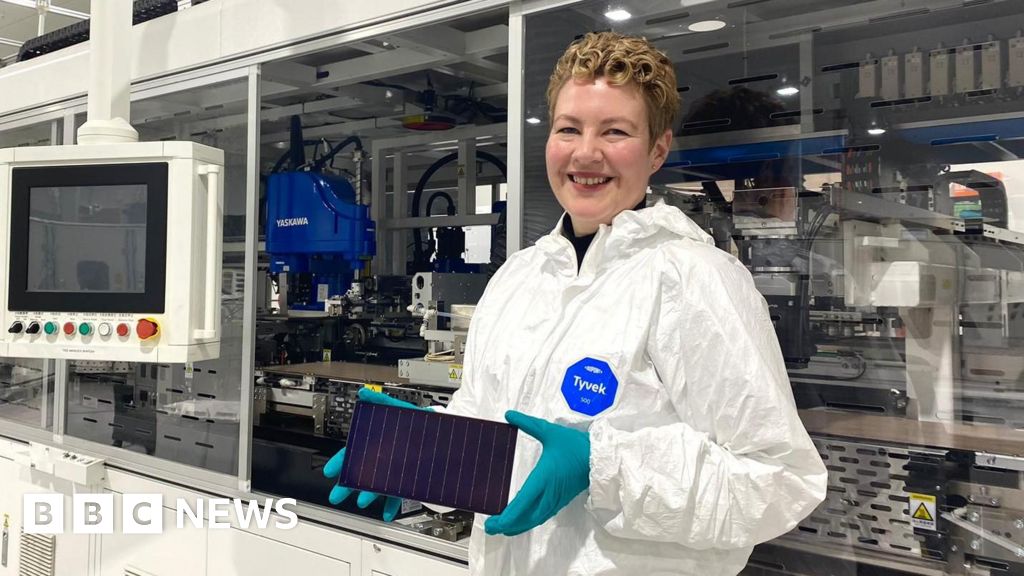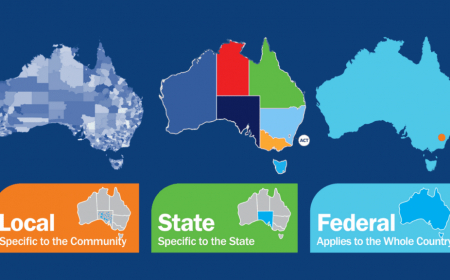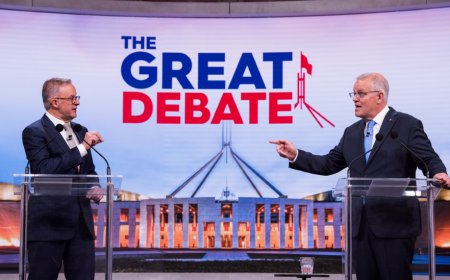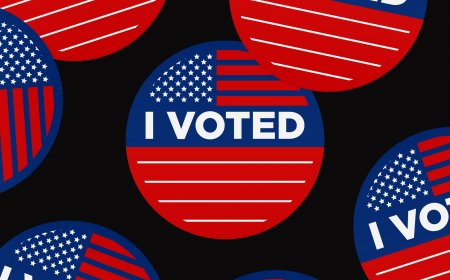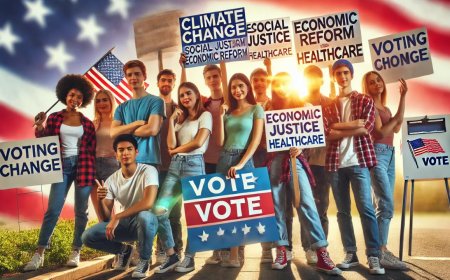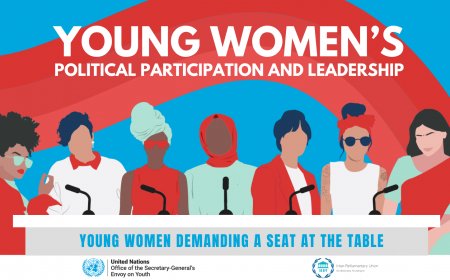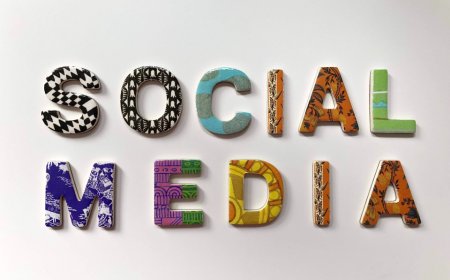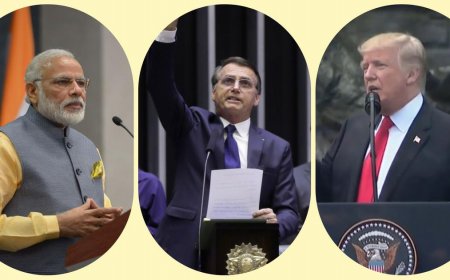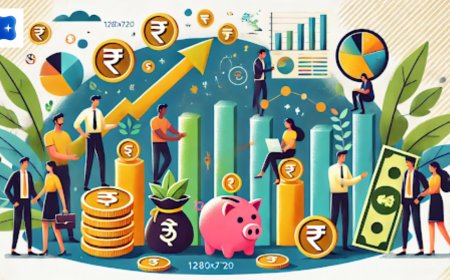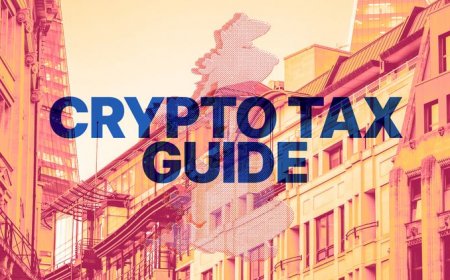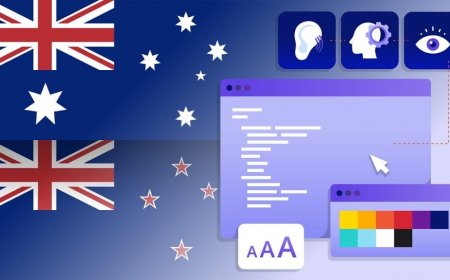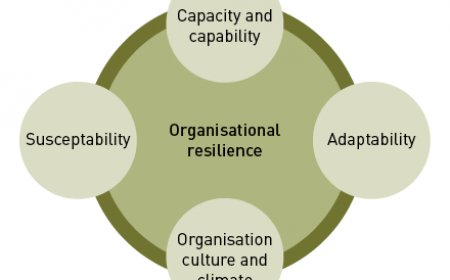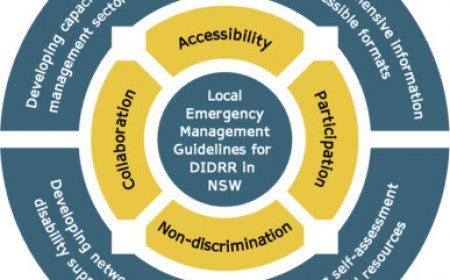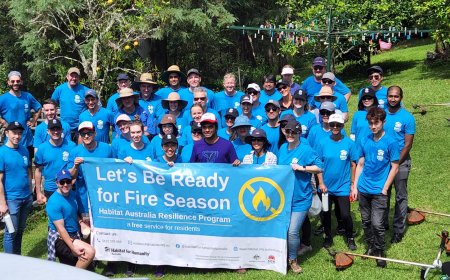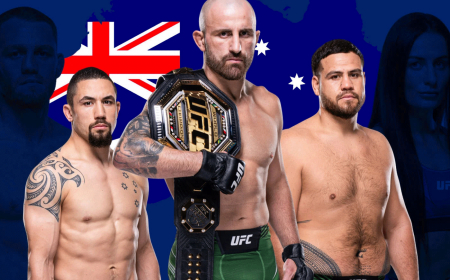Political Pulse: Social Media’s Role in Political Discourse
Explore the pivotal role of social media in shaping political discourse. Learn how it influences public opinion, impacts elections, and presents challenges like misinformation and polarization, along with strategies for fostering healthier digital engagement.
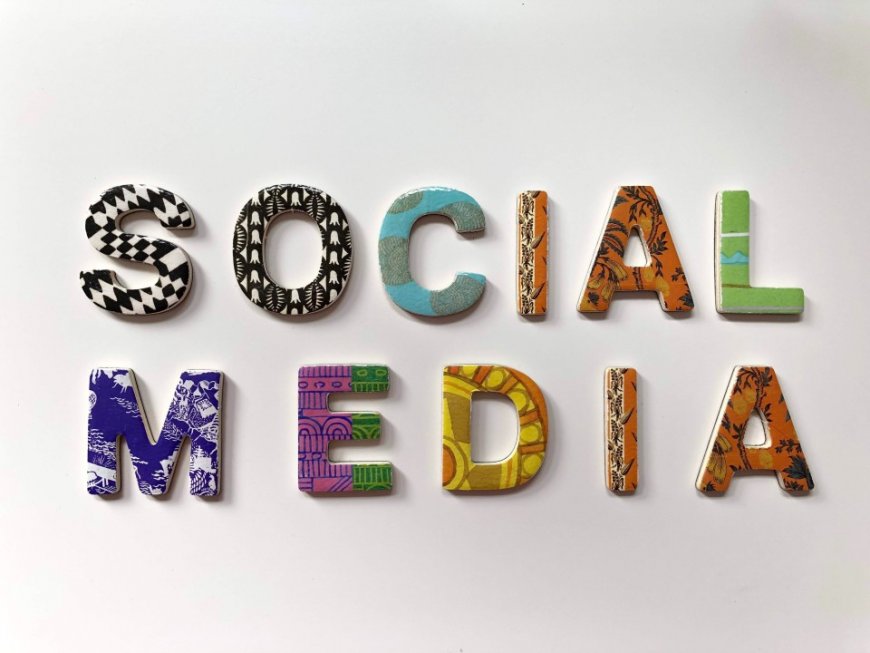
In the 21st century, social media has emerged as a transformative force in shaping political discourse. Platforms like Twitter, Facebook, Instagram, and TikTok have redefined how citizens engage with politics, how leaders communicate their messages, and how information spreads across societies. This article explores the multifaceted role of social media in modern political discourse, examining its influence on public opinion, electoral outcomes, misinformation, and democratic processes.
The Rise of Social Media as a Political Arena
Social media has democratized access to political conversations, enabling individuals from all walks of life to participate in discussions that were once dominated by elites. Its accessibility, immediacy, and global reach have made it an indispensable tool for both grassroots movements and established political entities.
Why Social Media Matters in Politics
Several factors explain why social media has become central to political discourse:
- Amplification of Voices : Marginalized groups and underrepresented communities now have platforms to express their concerns and mobilize support.
- Real-Time Communication : Politicians and activists can instantly share updates, respond to crises, and engage with constituents.
- Global Connectivity : Social media transcends borders, allowing international audiences to weigh in on domestic issues and fostering cross-cultural solidarity.
- Data-Driven Insights : Algorithms analyze user behavior, helping campaigns target specific demographics with tailored messaging.
Key Characteristics of Social Media in Political Discourse
- Decentralization : Unlike traditional media, which is controlled by gatekeepers, social media allows anyone to publish content.
- Viral Potential : Posts can gain massive traction within hours, amplifying messages far beyond their original scope.
- Interactivity : Users can comment, share, and debate, creating dynamic dialogues rather than one-way communication.
- Polarization : While fostering inclusivity, social media also exacerbates divisions by reinforcing echo chambers and spreading divisive rhetoric.
"Social media has become the digital town square where ideas are exchanged, debated, and sometimes weaponized."
How Social Media Shapes Public Opinion
One of the most significant impacts of social media is its ability to shape public opinion by influencing what people see, believe, and prioritize.
1. Agenda Setting
Social media platforms determine which topics dominate public attention through trending hashtags, algorithmic recommendations, and viral posts. For example:
- The #MeToo movement brought sexual harassment to the forefront of global conversations.
- Climate strikes led by Greta Thunberg highlighted environmental issues among younger generations.
2. Framing Issues
The way information is presented—its framing—can sway perceptions. Activists and politicians use emotive language, visuals, and narratives to frame issues in ways that resonate with their audiences. For instance:
- Protests against police brutality often emphasize systemic racism and demand accountability.
- Tax reform debates might focus on either economic growth or wealth inequality, depending on the messenger.
3. Emotional Appeals
Social media thrives on emotion-driven content. Memes, videos, and personal stories evoke strong feelings, making them more likely to be shared. This emotional engagement can galvanize supporters but also deepen polarization.
Social Media’s Impact on Elections
Elections have been profoundly affected by social media, from campaign strategies to voter turnout and misinformation campaigns.
1. Campaign Strategies
Candidates increasingly rely on social media to reach voters directly, bypassing traditional media intermediaries. Key tactics include:
- Microtargeting : Using data analytics to deliver personalized ads based on users’ interests, behaviors, and demographics.
- Grassroots Mobilization : Encouraging volunteers to organize events, share content, and recruit supporters online.
- Crisis Management : Responding swiftly to controversies or opposition attacks to control narratives.
2. Voter Engagement
Social media boosts voter registration and participation by:
- Providing easy access to election information, such as polling locations and deadlines.
- Hosting live Q&A sessions with candidates to address voter concerns.
- Creating viral challenges or hashtags to encourage civic duty, like #VoteReady or #ElectionDay.
3. Misinformation and Disinformation
While social media facilitates legitimate political engagement, it also enables the spread of false information. Examples include:
- Fake news articles claiming voter fraud without evidence.
- Deepfakes—manipulated videos designed to discredit opponents.
- Coordinated disinformation campaigns by foreign actors aiming to sway elections.
Case Study: The 2016 U.S. Presidential Election
The 2016 election marked a turning point in understanding social media’s influence. Russian operatives used platforms like Facebook and Twitter to disseminate divisive content, targeting specific voter groups with misleading ads and fake accounts. The scandal underscored vulnerabilities in digital infrastructure and prompted calls for stricter regulation.
Challenges Posed by Social Media in Political Discourse
Despite its benefits, social media presents significant challenges that threaten the quality of political discourse.
1. Echo Chambers and Polarization
Algorithms prioritize content aligned with users’ existing beliefs, creating echo chambers that reinforce biases. This fragmentation undermines constructive dialogue and fosters hostility between opposing sides.
2. Spread of Misinformation
False narratives spread faster than factual corrections, eroding trust in institutions and distorting reality. Combatting misinformation requires collaboration between platforms, governments, and civil society.
3. Cyberbullying and Harassment
Politicians, journalists, and activists face relentless online abuse, deterring many from participating openly in political discussions. Women and minorities are disproportionately targeted.
4. Erosion of Privacy
Data breaches and unethical data practices compromise users’ privacy, raising ethical questions about surveillance capitalism and its implications for democracy.
Strategies for Harnessing Social Media Responsibly
To maximize social media’s positive impact while mitigating its risks, stakeholders must adopt proactive strategies.
1. Platform Accountability
- Social media companies should invest in robust fact-checking mechanisms and transparency reports.
- Implementing stricter penalties for repeat offenders who spread hate speech or misinformation.
2. Digital Literacy Education
- Teaching users to critically evaluate sources, recognize bias, and identify deepfakes empowers them to navigate complex information ecosystems.
3. Regulatory Oversight
- Governments should enact laws regulating harmful content without infringing on free speech rights.
- Establishing independent oversight bodies to monitor platform compliance.
4. Encouraging Positive Engagement
- Promoting civility and respectful dialogue through community guidelines and moderation tools.
- Highlighting credible sources and diverse perspectives to counteract echo chambers.
Global Perspectives on Social Media and Political Discourse
Different regions experience unique dynamics in how social media influences politics, reflecting cultural, technological, and institutional contexts.
North America: Battleground for Influence
In the U.S. and Canada, social media serves as both a unifying and divisive force. While it amplifies grassroots activism, it also fuels partisan divides and misinformation campaigns.
Europe: Balancing Free Speech and Regulation
European nations prioritize combating hate speech and disinformation through legislation like the EU’s Digital Services Act. However, debates persist over censorship versus freedom of expression.
Asia: Authoritarian Control vs Grassroots Resistance
In countries like China and Vietnam, authoritarian regimes tightly control social media to suppress dissent. Conversely, movements like Hong Kong’s pro-democracy protests demonstrate resistance through encrypted apps and decentralized networks.
Africa: Amplifying Local Voices
Social media empowers African youth to advocate for change, from Nigeria’s #EndSARS protests to Uganda’s anti-corruption campaigns. Limited internet access remains a barrier in rural areas.
Conclusion: Navigating the Digital Town Square
Social media’s role in political discourse is undeniable, offering unprecedented opportunities for engagement while posing formidable challenges. By fostering responsible use, promoting digital literacy, and ensuring accountability, societies can harness this powerful tool to strengthen democratic processes and elevate meaningful dialogue.
FAQs
-
How does social media influence public opinion?
- Through agenda setting, framing issues, and leveraging emotional appeals to shape perceptions.
-
What role does social media play in elections?
- It aids campaign strategies, boosts voter engagement, and spreads misinformation.
-
What are echo chambers, and why are they problematic?
- Echo chambers reinforce biases, hinder constructive dialogue, and exacerbate polarization.
-
How can misinformation be combatted on social media?
- Through fact-checking, regulatory oversight, and educating users about critical thinking.
-
Which countries face unique challenges with social media?
- Examples include the U.S. (misinformation), Europe (regulation debates), and Asia (authoritarian controls).
-
Can social media promote positive political engagement?
- Yes, when used responsibly, it fosters inclusivity, mobilizes grassroots movements, and amplifies marginalized voices.
-
What responsibilities do social media platforms have?
- To ensure transparency, combat harmful content, and protect user privacy.
-
How does cyberbullying affect political discourse?
- It discourages participation, silences dissenting voices, and creates hostile environments.
-
What is the future of social media in politics?
- Continued evolution will depend on balancing innovation with regulation and addressing emerging threats like AI-generated content.
-
How can individuals contribute to healthier political discourse online?
- By engaging respectfully, verifying information before sharing, and advocating for platform accountability.
What's Your Reaction?
 Like
0
Like
0
 Dislike
0
Dislike
0
 Love
0
Love
0
 Funny
0
Funny
0
 Angry
0
Angry
0
 Sad
0
Sad
0
 Wow
0
Wow
0


